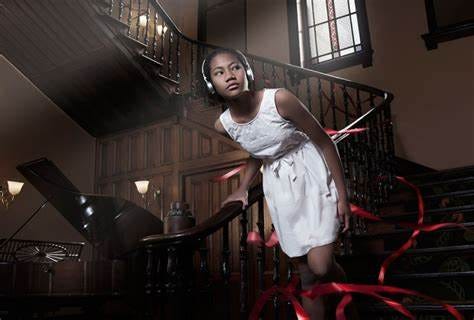The inevitable weirdness of writing for theatre-in-education
Shattered dramaturgies and more
I’ve now written over forty professionally produced plays. At least half of those are theatre-in-education pieces. Schools or theatre companies typically commission these works for use in the classroom. Sometimes, they are for professional actors visiting schools, sometimes they are for young people to perform, and sometimes they are some weird and interesting combination.
Almost all of the rules usually applied to ‘playwriting’ become slippery in the educational context. Mainstage theatre companies prefer to keep their cast size small for new Australian plays (lower cost). But classroom scripts want big casts. Their usual list of preferences also include:
Evenly distributed role size;
Gender-neutral characters that can fit a cast of any gender mix;
Curriculum relevant and compelling, but not too ‘adult’;
Options for physical theatre, dance, song and tech - but also the option to not include any of these.
In practice, this list of preferences creates scripts that demand their own dramaturgy. As I’ve written more of these things, I’ve started to think of them more like games than plays. Games allow for scenes that may be excluded in some instances or at least have a deep ‘choose your own adventure’ element embedded within them.
One of my favourites was the 2014 'The Voice in the Walls’ project I wrote with Imaginary Theatre Co. QUT had commissioned them to write a piece of children’s theatre that created vitality around the historic Old Government House building on the Gardens Point campus. QUT were serious enough about the project that they could provide a decent budget for it.
The result was a technical marvel, and one of the weirdest scripts I’ve ever written. Young participants were given a pair of headphones as they entered the house, and they heard voices guiding them through the entire building to solve puzzles and gather hints. The extra trick? There were four separate audio tracks. So the audience ended up splitting into four groups, heading in different directions, meeting different actors, and having different experiences before they met up again.
The script is attached for paid subscribers (they get a full script every three months). But The Voice In The Walls is one of the most intriguing and fun education scripts I’ve ever written. A bunch are online and still used in schools all the time, and I’m always open to new commissions.
Keep reading with a 7-day free trial
Subscribe to David Burton's Writing to keep reading this post and get 7 days of free access to the full post archives.

